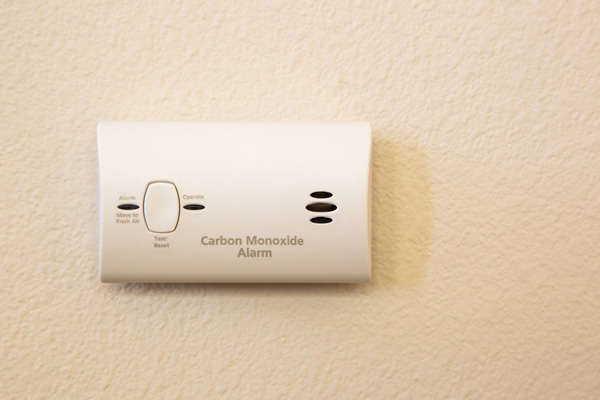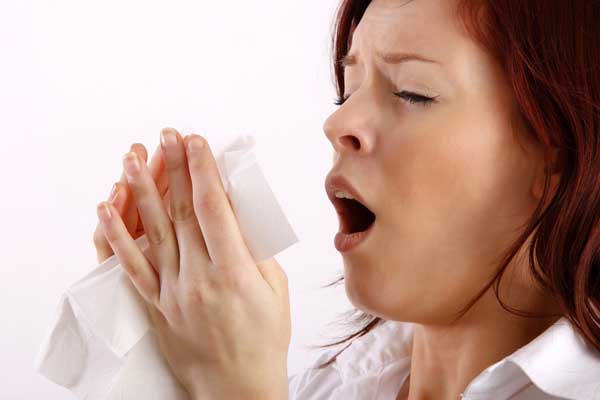Carbon Monoxide Safety Reminders For This Heating Season

Make your home a warm and safe place to stay during winter. Shield your family from the cold weather by firing up the heating system for as long as you need it. Sort out any HVAC issues before the season to guarantee smooth operation. Furnaces are durable enough to last for over ten years on average, but that doesn’t mean you can take them for granted. Stay alert for issues that may arise, including carbon monoxide leaks. This gas is a normal byproduct of fuel combustion. All appliances powered by fossil fuels will produce carbon monoxide. They also have the means to expel it for household safety. However, you can never be too sure. It’s smart to install a carbon monoxide detector for risk management.
Some gases are easy to detect. You can see them floating around because of their distinct color. You may also smell their noxious odor. Carbon monoxide is the opposite. It often escapes detection because you cannot see or smell it. Hence, why it is also called the “silent killer.” Your family may suffer from prolonged exposure without your knowledge. Keep reading to prevent it from threatening the safety of your loved ones.
What is Carbon Monoxide?
Heating systems produce carbon monoxide when burning fuel. You may not sense its presence, but it is always there in a functioning system. It is an inevitable result whether you are using charcoal, wood, heating oil, propane, or natural gas. Therefore, you must be vigilant about it.
HVAC installers set up an HVAC venting system to expel the gas after production, thus ensuring the safety of the household. The vents prevent indoor air contamination. They reduce the possibility of carbon monoxide poisoning by pushing the gas outdoors. You can keep the furnace going without worrying about what you breathe in. All fuel-powered appliances have vents. If installed and maintained properly, you should have no problems. However, neglected systems may begin to leak toxic gas without warning. Only a CO detector can catch it right away. Act quickly if you hear the CO alarm going off.
How Do You Stay Safe from Carbon Monoxide?

You can’t fight what you can’t see. Before you can protect your family from an invisible toxic gas, you must find a way to detect it. Electronic detectors can do the work for you with a high degree of reliability. They use batteries so they continue to work even if you experience power outages. Just place them in vulnerable areas near the fuel-powered appliances. Test them regularly to ensure that they still work as intended. The batteries can run low, so replace these at least once a year. The best time to do so is right before the cold season starts. Follow the manufacturer’s instructions from the manual regarding installation, operation, and maintenance.
Common Reasons Behind Carbon Monoxide Build-up
Problems with the ventilation system can prevent the outward flow of carbon monoxide. Instead of moving outdoors, it may circulate indoors and build up to a significant volume. Old heating units may also leak out CO through cracks in the system. You must schedule annual maintenance for the heating system to avoid these scenarios.
Tune-up services can be disruptive. You wouldn’t want to shut down the heater in the middle of winter when you are in dire need of warmth. That’s you should schedule the visit of HVAC technicians during the fall. Let them look for problems in the ventilation system such as blockages and backdrafts. They will fix these right away to keep you safe. Hire a trusted local company to perform this regular task.
Related Signs of Carbon Monoxide Leaks and Build-ups
Of course, you cannot be dependent on your CO alarm. There are other ways to detect carbon monoxide even if the gas is invisible. Find clues in the exhaust system of the fuel-powered appliances. Each fuel type has its quirks. In heating systems that burn oil, you may see soot and smoke coming out as signs of carbon monoxide presence. If you notice a thicker layer of soot in the exhaust, call for HVAC technicians right away. As for gas-powered systems, the biggest clue lies in the flame color. It will turn yellow or orange if there is a combustion issue.
Symptoms of Carbon Monoxide Exposure

Poisonous gas has different effects on people and animals. Higher doses and longer exposure times result in more severe symptoms. These are also clues about the amount of CO in your immediate environment.
In mild cases, it is common for people to complain about headaches and dizziness. They might also experience nausea and fatigue, forcing them to sit and rest without relief. With prolonged exposure, the headaches may get more painful. They may begin to feel drowsy and disoriented even within a familiar space. If it continues, humans can faint and convulse. Some experience heart failure, leading to death.
What To Do If You Think That You are Suffering from CO Exposure

Do not dismiss these signs of carbon monoxide exposure. If you are using a fuel-powered heating system, you may be right. Try to switch off the heater and related appliances. Open every door and window for natural ventilation. The CO in the house can move out through these openings, while fresh air can move in for a healthier environment. Go outdoors as soon as you can for relief. Visit a doctor to report what happened and get appropriate treatment.
Move fast if your CO detector issues an alarm. Don’t dismiss it as a false positive. Prioritize safety first and investigate whether it’s true later. It could save lives.
Conclusion
Exposure to carbon monoxide is a health threat. It is one of the dangers lurking in homes that neglect their fuel-burning systems. Keep your heater in top shape to prevent harmful leaks. Set up an alarm system for quick detection. You must have a defensive mindset against this toxic gas.
It is an invisible enemy you may breathe in without your knowledge. Use technology to make it obvious. Carbon monoxide detectors can sense trace particles in the air. Of course, these should only be your second line of defense. The best shield is a well-maintained heating system, and HVAC professionals can help you with that before winter starts.
Call Van Varick & Sons for Your HVAC Needs
Van Varick & Sons offers superior HVAC services in Bergen, Essex, Morris, Passaic, and Sussex counties, New Jersey. You can trust our team of experienced and certified technicians to deliver impressive results in every situation. We specialize in heating and air conditioning repairs, tune-ups, replacements, air quality solutions, and much more.
Van Varick & Sons is proud to offer our customers honest, competitively-priced HVAC service costs. You can count on us to provide you with effective, efficient solutions that fit your budget. Call now to schedule an appointment. We offer free, in-home estimates.
You can click here to contact us now or call us at (973) 694-2777 to find out more! Click the link to view our service area.

